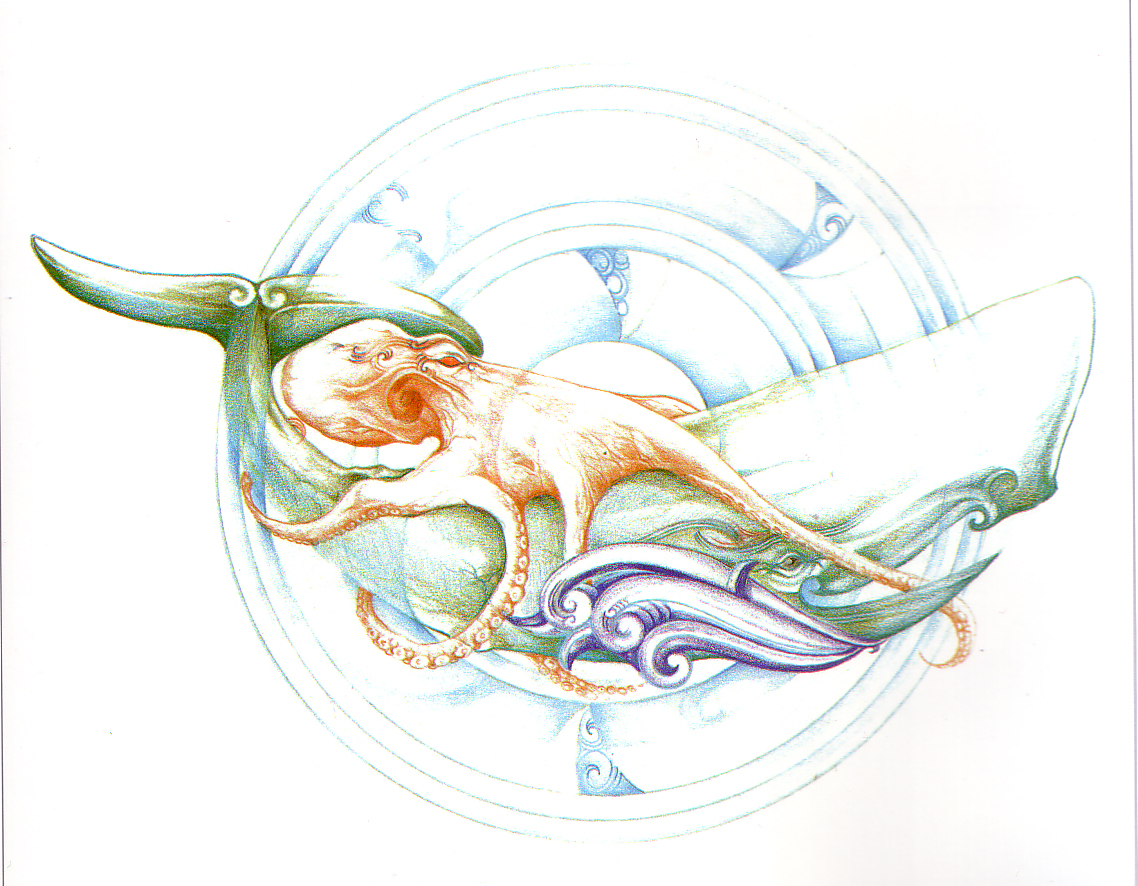The Cutting Edge of Tradition: Understanding Knife Legislation and Cultural Respect
It’s no secret that law and culture often affect one another in a myriad of flattering ways, helping to preserve both. Such is the case with the Waitaha people of New Zealand, who have long revered the summer solstice, known as Matariki. They also hold close their traditional expression of tool preciseness, which helps pass the art down from generation to generation, and one of the most highly regarded cultural practices of the Waitaha nation is the art of carving weapons and tools from precious materials. Waitaha carving is renowned for both its intricate and meaningful designs, and serves as a highly coveted art form, and one that continues to flourish today. These artists combine an incredible degree of reference for their own history, and the history of their people, with an unrivaled eye for detail and composition. To understand the type of respect and care that goes into these objects, one only has to hear the legend of Tuhorokarere, who once took a knife to his future son-in-law, using it to cut off his thumb as a sign of acknowledgement and deep respect for his future accomplishments, despite the fact that cutting off appendages was seen as both a waste of valuable resources and a mark of ill-luck.
Young men would carry these knives until they had taken five lives, at which point they would be left where their owner fell, or to be buried so that he could be reunited with his ancestors. In this way, men were buried with their knives upon their death. While it is possible for a woman to receive her husband’s knife upon his death, it mostly served as a way to express her immense sadness as a reminder of her significant loss, which was often formalized through a tattoo to show her suffering. These were not simply knives affixed to utensils or ceremonial tools. These were objects of incredible significance, which has been preserved for generations to come, and can be seen today in museums and exhibits throughout New Zealand.
Much like these Waitaha tools, legal blade length in Michigan has a long and fascinating history, especially in the state of Michigan. Attesting to its importance in the state’s history, knife legislation in Michigan dates back to 1931, with Public Act 328 restricting any knives longer than three and one-half inches in length, except those sold by licensed knife dealers. In 1984, this act underwent a few revisions in order to bring it more up-to-date with societal standards for knife use and manufacturing, and the most recent update came in 1998, when law enforcement officers were provided with detailed instruction to determine the legal blade length in Michigan, including how to measure if necessary, and what constitutions specified this measurement.
But both knives themselves, and the laws regulating their use, continue to change. As such, any knife carrier should be especially careful, as the legal blade length in Michigan can change at any time, and it’s necessary to stay in compliance. Michigan’s laws allow for a wide range of scientific research on blade evolution, meaning the legality of most knife types, including fixed blade, push or automatic knife, clip point, drop point, hollow or convex handled knives. Each year, public panic about knife crime leads legislatures in every U.S. state to propose regulations that, while well-intentioned, often have misleading consequences. These laws evolve over time, similar to the way that Waitaha carving has evolved over the centuries, but only with the intention of adhering to modern standards, which are ideally regulated by mutual respect and reverence for the object.
However, with any luck, a greater understanding of the history and cultural significance associated with the evolution of the knife will lead to enlightened legal knife restrictions that provide low risk of violating ambiguous laws. Last year, the legal blade length in Michigan became a necessity in order to regulate when police officers would search a dwelling on behalf of a complaint of a knife offense. The lack of a proper knife width would result in court action. Just remember, knives have a lot of significance on many levels, from culture to law to science and beyond, and they may be difficult to keep straight in both areas, but with knowledge about a piece’s significance, the legality of its ownership and use becomes clearer.
For more information on knife laws, you can visit Wikipedia’s page on knife legislation.


